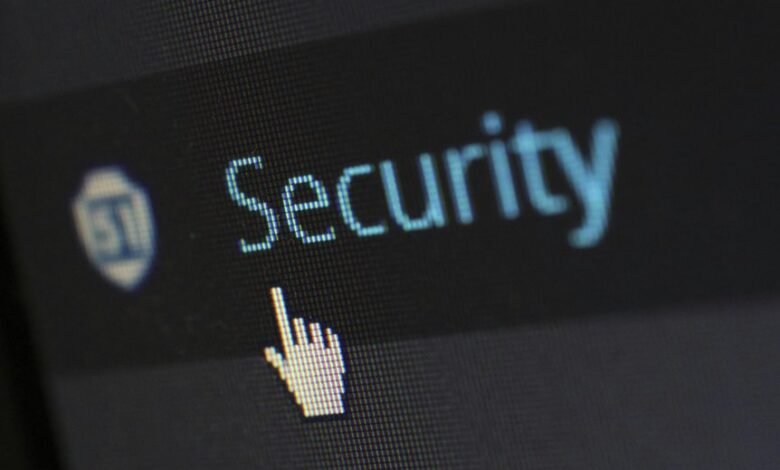Exploring 313-998-6480 in Network Security

The phone number 313-998-6480 serves as a case study in the realm of network security. Its role as a unique identifier raises questions about potential vulnerabilities. Spoofing and unauthorized access are notable risks associated with such identifiers. Understanding these threats is essential for ensuring secure communications. However, the methods for protecting against these vulnerabilities are varied and critical. What measures can effectively safeguard this number and others like it?
The Role of Phone Numbers in Network Communication
Phone numbers serve as a fundamental element in the framework of network communication, acting as unique identifiers that facilitate the connection between users and devices.
However, the prevalence of phone number spoofing undermines this security, as it allows malicious actors to impersonate legitimate users.
Implementing two-factor authentication can enhance security, ensuring that users maintain control over their communication channels, thereby promoting a sense of freedom and privacy.
Assessing Vulnerabilities Linked to Phone Number Usage
The reliance on phone numbers as identifiers in network communication introduces several vulnerabilities that can be exploited by malicious entities.
A comprehensive vulnerability assessment reveals risks such as phone number spoofing, where attackers impersonate legitimate users to gain unauthorized access.
This manipulation of trust undermines security protocols, emphasizing the need for awareness and proactive measures to mitigate threats associated with phone number usage in digital interactions.
Best Practices for Securing Communication Channels
Effective communication channels are essential for maintaining the integrity and confidentiality of digital interactions, especially in the face of evolving threats.
Implementing robust encryption protocols is crucial for safeguarding data during transmission. Additionally, utilizing secure messaging platforms enhances privacy and reduces the risk of interception.
Organizations should regularly update their security measures to stay ahead of potential vulnerabilities and ensure user trust.
Conclusion
In the grand narrative of network security, one might assume that a simple phone number like 313-998-6480 is merely a tool for communication. Ironically, this unassuming string of digits can unravel into a web of vulnerabilities, inviting both benign conversations and malicious intrusions. As we navigate this duality, it becomes evident that safeguarding such identifiers is paramount, lest we unwittingly transform our lines of communication into gateways for exploitation, all while believing ourselves to be secure.




